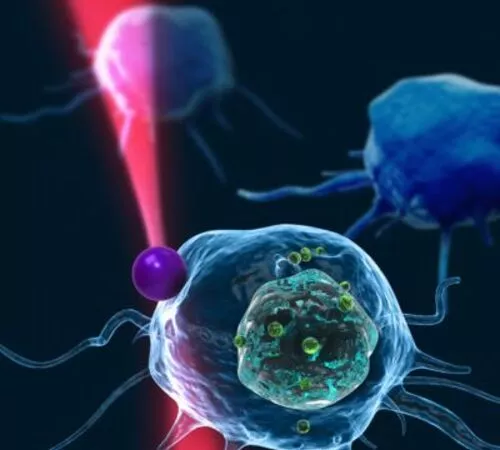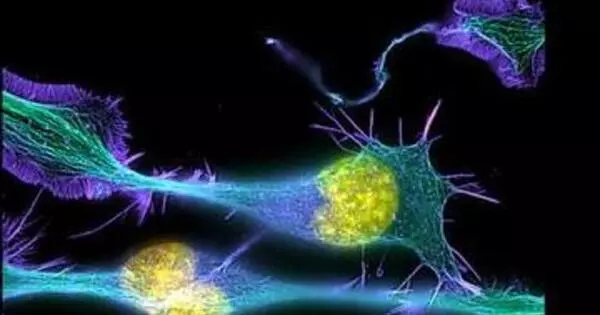Optical tweezers (OTs), also known as optical traps, are noncontact laser beams that can be used to trap and manipulate microscopic objects. OTs, which are used in a variety of nano and micro-scale operations, have proven particularly useful in the manipulation of biological objects such as human cells.
A new review published in The European Physical Journal Plus summarizes the most recent advances in OTs over the last few decades. Sheng Hu, Jun-yan Ye, Yong Zhao, and Cheng-Liang Zhu from Northeastern University’s College of Information Science and Engineering in Shenyang, China, wrote the review.
“It is well-known that the cell is the basic unit of human life. If we can understand mutation, proliferation, and necrosis of cells, diseases inside the human body would be discovered and solved in the level of the cell,” Hu says. “Thus, optical tweezers, are a can be thought of as a pioneer used to confine these molecules so that more precise bio-measurement could capture the changes in one cell, including protein, mitochondria, and DNA.”
It is well-known that the cell is the basic unit of human life. If we can understand mutation, proliferation, and necrosis of cells, diseases inside the human body would be discovered and solved in the level of the cell.
Sheng Hu
The authors begin by explaining the origins of OTs dating back to the work of James Clerk Maxwell and the fact that light, despite lacking mass, can possess momentum. Thus, the momentum of light could create a mechanical effect in matter. This concept would later be developed into the idea that small particles could be suspended by optical devices.
The authors point out that the advent of laser instruments — the coherent light with both high intensity and good monochromatic characteristics— led to the optical manipulation of such micro-particles, with the stable trapping of micro-particles achieved in 1986.
OTs have now developed to the stage at which they can be used to trap, sort, transport, and enrich various biological particles. For more complicated and delicate tasks, single optical beams are now bolstered by devices like acousto-optic modulators and electric vibrating mirrors.

The researchers add that OTs can now be used to accompany a new microscopy setup called “human bright eye” to manifest the microstructure composed of micro/nano-particles. This means OTs can act as a “human slender finger” holding onto these particles delicately while this faux human eye probes them.
The team discusses the advantages of OTs over similar techniques such as atomic force microscopes (AFM), magnetic tweezers (MT), and acoustic tweezers (AT). These benefits include providing a finer force strength, being non-invasive, and being composed of multiple optical components.
This means that optical manipulation and OTs in particular have found applications in fields as diverse as biology, pharmacology, and clinical research fields gripping nano and micro particles from molecules to cells.
“There is still a long way to go considering the potential’real world’ applications of OTs,” Hu concluded. “For example, the issue of radiation exposure to cells or proteins must be addressed. Furthermore, achieving optical pattern stability to submicron-scale particles remains difficult, owing to complicated optical adjustment. Although this can cause confusion and, at times, frustration, the intriguing biological presentations motivate us to help the technique progress.”





